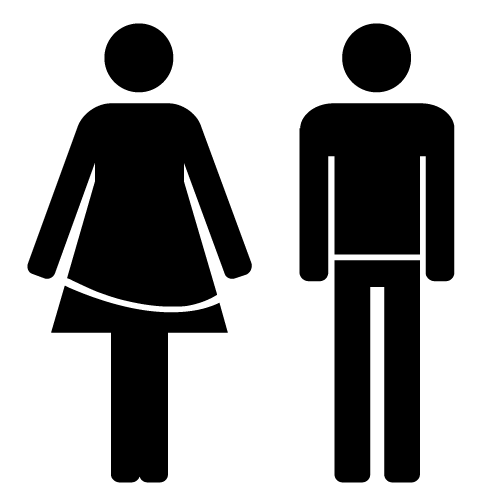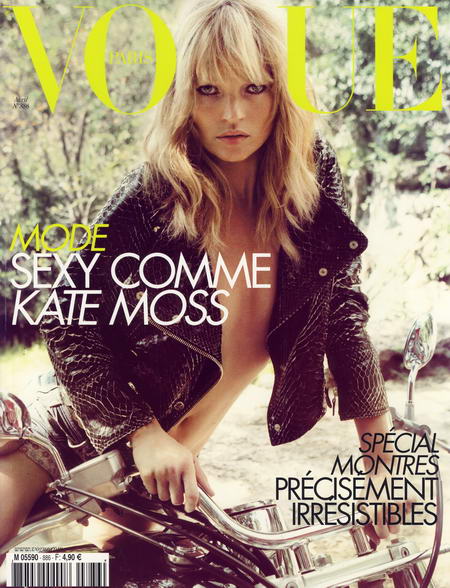Lauren
- o ‘Marks long suffering girlfriend on/off girlfriend’- what the website describes her as. She is defined by her relationship with a man.
- o His family don’t like her- she tries to cook them a meal to impress her. The mother, Nan and sister think that she should be able to cook dinner for. They think she should know how to cook, clean and know how to be a good wife. There is still the demand for women to fulfil a traditional role.
- o Her boyfriend also expects her to fulfil the traditional role. He says that now she has moved back in, she will have to make sure that all the house is clean. He says that not only is she suppose to be impressing his family but also she needs to impress him as a housewife. He tells the women to do the washing up whilst he goes out because he doesn’t want to come back to a dirty house.
- o She is clearly uncomfortable and doesn’t know what she is doing when she is cooking, but is so eager to impress them that she continues to cook the meal.
- o Things are also all about appearance with her. She is cooking in high heels, fall make up…
- o She has also had plastic surgery. Pressure on her to look a certain way.

o
Lydia
- o She is affectionate towards hers boyfriend- supportive, although she does laugh at him at the diet club.
- o She goes to a diet club with her boyfriend as she thinks he should lose weight.
- o ‘No nonsense Essex girl who won’t stand for being messed about by any one’- this is a reference to her relationship with Arg, her boyfriend.
- o Close to her mum- her mum is in a lot of the same scenes as Lydia
- o In every scene she is wearing a different outfit. There is great importance put on their appearance.
Sex and the City
Carrie
- o There is a focus on relationships again. She is heartbroken over her split from ‘Mr Big’.
- o There is also a focus on appearance- she isn’t happy with her appearance when she thinks she might meet her ex.
- o She wears a fur coat and high heels to a baseball game.
- o She spends all her money on a new dress for her date.
- o She doesn’t like sport, she is more interested in looking at the men. This is partly constructed through the clothes she is wearing at the game, as she is overdressed, she is sitting with her feet up not really paying any attention to what is going on and says that they are sitting so far back so that she does not get in trouble for smoking.
- o She is very confident in herself- she has the confidence enough to ask out ‘the new yankie’. She is breaking the stereotype and being a strong woman, although she partly does it to get back at her ex.
- o She is reflective of her relationship- she over analyses her relationship. Stereotypical? The voiceovers where she ponders questions about her relationship and relationships in general show how she is feeling. This is a feature of every single Sex and the City episode.

- o She claims that she would just get over a relationship with someone- the other girls claim that she doesn’t.
- o She does like sport- she is there for the game not to look at the men, like Carrie and the other two women.
- o Lawyer- high powered, successful woman. Controlled.
- o She shows off her new gadget- it has her schedule on it. This shows she is very focused and organised. Stereotypical of a career woman.
- o She doesn’t want to talk about relationship. She leaves the table abruptly when the three others start talking about their relationships and says that she is upset that all four smart women have to talk about is men.
- With the two girls from The Only Way is Essex and Carrie there is a similarity in that all three women put an importance on appearance. Whilst they have different styles, they both make an effort with their appearance. The difference is that the women in The Only way is Essex are mocked for the way that they look and are dressed, whilst the women in Sex and the City, particularly Carrie are admired.
- In Sex and the City the women are the main characters and the men are just in it when they are going out with one of the women, but in The Only Way is Essex, the women are defined by their relationships, which is clear from the way that the website describes them, particularly Lauren. With the exception of two women, all of the women are in relationships.
- In both shows they also spend most of their time talking about their relationships, which Miranda in Sex and the City is frustrated with.
- Miranda is perhaps the character that is different to the other women who I have looked at. She is smart, independent, not in a relationship and does not seemingly put the same emphasis on her appearance (although she is wearing a coat with the Fendi logo on suggesting that she still takes and interest in fashion)
- Whilst she appears strong and confident, at the end of the episode she meets the man who broke her heart and she turns out to be just the same as the other women in this respect.
- A big difference is that the women in Sex and the City seem to have careers. They are independent women. The women in The Only Way is Essex seem to spend all their time shopping and bitching. Although the women in Sex in the City are seen at lunch and dinner a lot throughout the show, we are aware that they had their own jobs and are not supported by men .e.g. Carrie is a journalist and Miranda is a Lawyer. We do not know what Lauren and Lydia do for a living.
- The women in Sex and the City, with the exception of Charlotte, do not feel pressure to be a housewives, like they do in The Only Way is Essex, where the women are expected by both men and women to cook and clean for their boyfriends and husbands.


















